How to Create a Stunning Shopify Landing Page: A Step-by-Step Guide
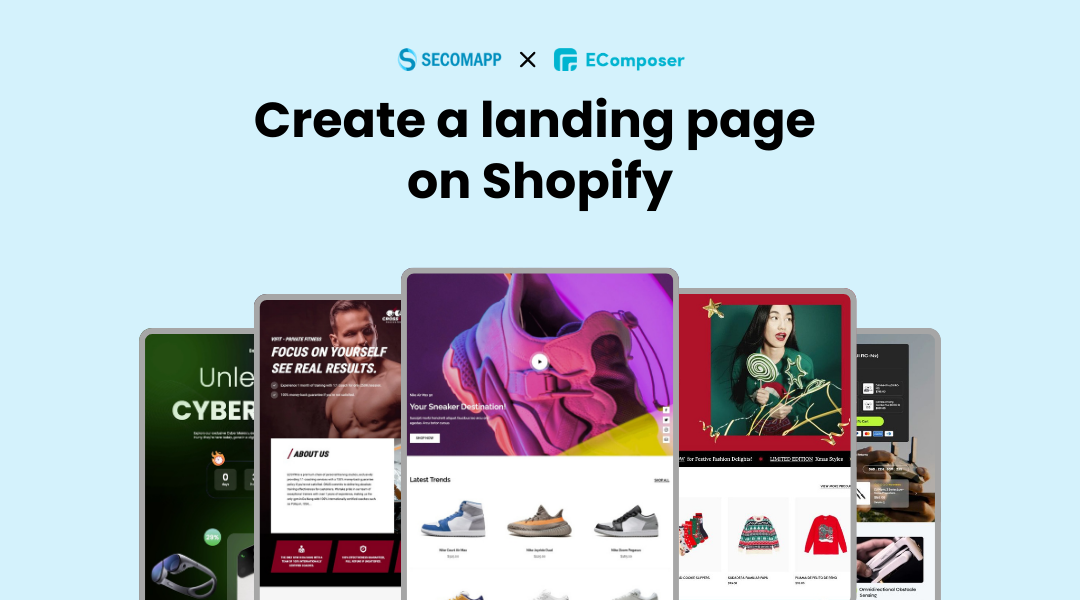
A stunning landing page decides the excellent performance of your Shopify store and the ability to convert visitors to customers. But you may wonder, “How can I create an effective landing page?” “Does it require me to have high-level technical skills?”
Today’s blog will show you a step-by-step guide to creating a stunning Shopify landing page. Let’s get started.
What is the Shopify landing page?
A Shopify landing page is a dedicated webpage with a single, conversion-focused goal. It is often created using specialized landing page builders. Unlike other pages on your website, which might contain multiple navigational elements and serve various purposes, a landing page has one specific objective: to convert visitors into leads or customers.
When individuals click a link from an advertisement, email, or social media post, they are directed to a landing page. Shopify landing pages can excel at prompting users to perform specific actions like purchasing, subscribing to a monthly newsletter, or downloading content.
While landing pages and homepages can create a solid first impression, they serve different functions. The homepage of your Shopify store is a multifaceted introduction to your brand and products, aiming to engage visitors in various ways. In contrast, a landing page is singular in its purpose, aiming to increase the conversion rate by directing the visitor’s attention to a specific call to action. Focusing solely on conversion makes landing pages super important for any effective marketing strategy.
Common types of Shopify Landing pages?
Before starting your landing page creation journey, you should understand the different types of landing pages you can create. Each type serves a unique purpose, supporting you in achieving specific marketing goals and engaging with your audience effectively.
Squeeze/Email Landing Page
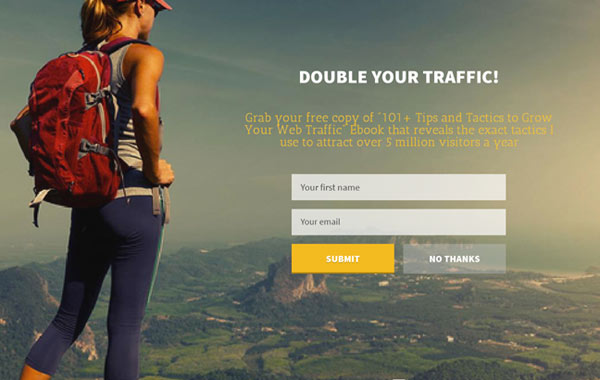
(Image source: clickback.com)
A squeeze or email landing page is all about capturing email addresses. In exchange for their email, you offer visitors a reward, like a discount coupon, an ebook, or exclusive access to your store. This simple yet powerful tactic helps you build a valuable mailing list, ensuring you can reach out with future promotions and product updates.
About Us Landing Page
An “About Us” landing page shares your brand’s story and values. This is great for stores that sell products made with care or have an interesting story behind them.
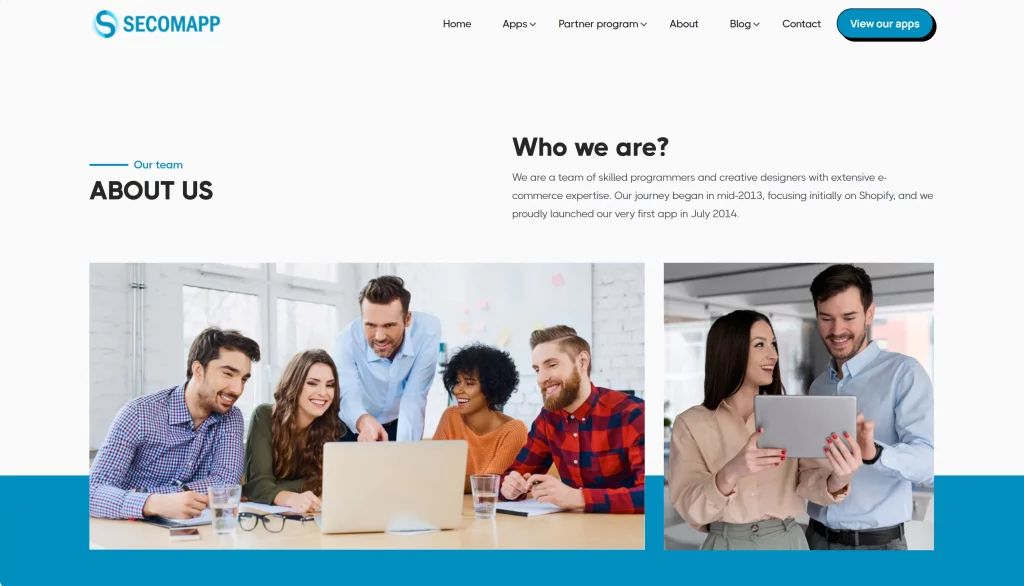
Image source: Secomapp About Us Page
For instance, if your store is about sustainable fashion, this page can showcase your dedication to the environment and making things right. That’s the kind of stuff that can make customers choose you over someone else.
Product landing pages
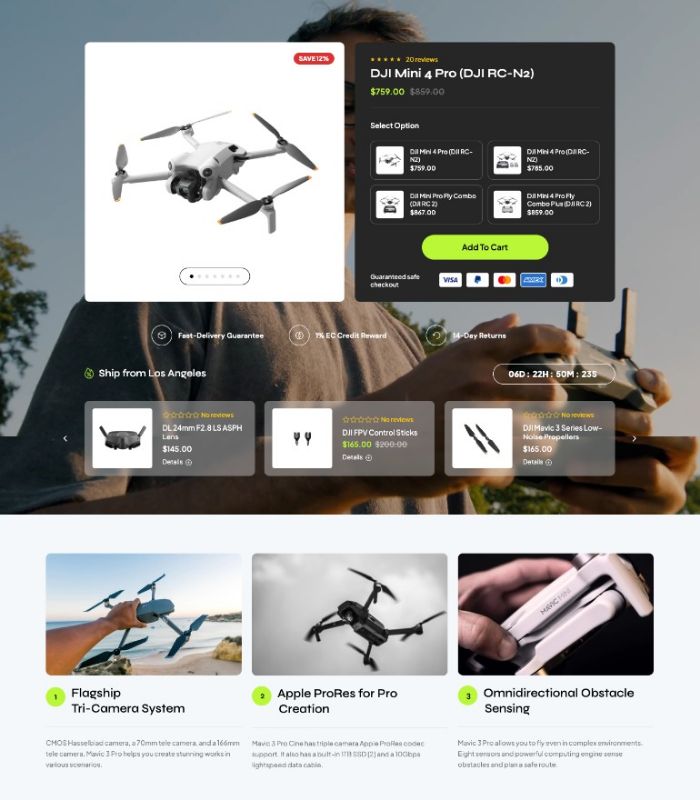
Unlike a general product page, which assumes the visitor is further along in their buying journey, a product landing page provides detailed information and enticing visuals to encourage a purchase. These pages aim to attract, inform, and gently persuade visitors to add a specific product or service to their cart.
Seasonal Landing Page
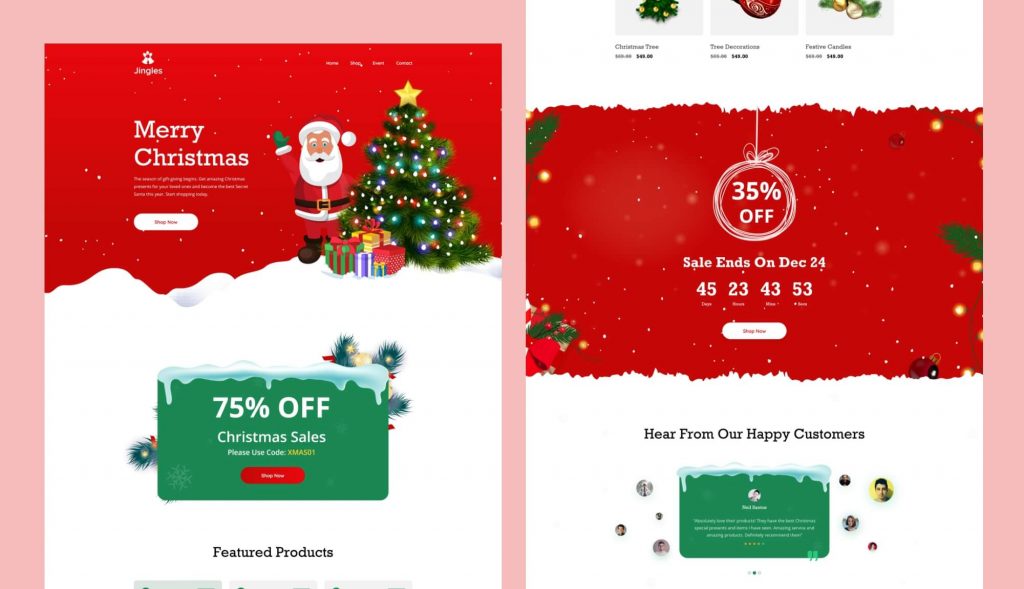
Image source: templately.com
Valentine’s Day, International Women’s Day, Halloween, BFCM, Christmas, etc., are hot special events that drive more sales. Consumer demand often changes with the seasons, and your marketing efforts should reflect that. That’s when the Seasonal Landing page comes in.
Seasonal landing pages promote products relevant to the different sales seasons. They can help you showcase seasonal products and provide valuable information that addresses everyday seasonal needs, boosting traffic and interest in your offerings.
Read more:
- 10 Shopify Apps For The Upcoming BFCM
- 6 Tips Boost Valentine’s Day Sales & Engage Your Customers
- An Unique Father’s Day Gift Promotion On Shopify
- 4 Non-discount Father’s Day Promotions To Be Unique On Shopify
Splash Landing Page
A splash landing page is used to grab attention without demanding immediate action. It’s often the first page visitors see when they click a link from social media.

Image source: Zara
This page is perfect for introducing a new product line or a special promotion—it gives a visually appealing introduction without bombarding the visitor. Splash pages are awesome for sparking initial interest and creating awareness.
Unsubscribe Landing Page
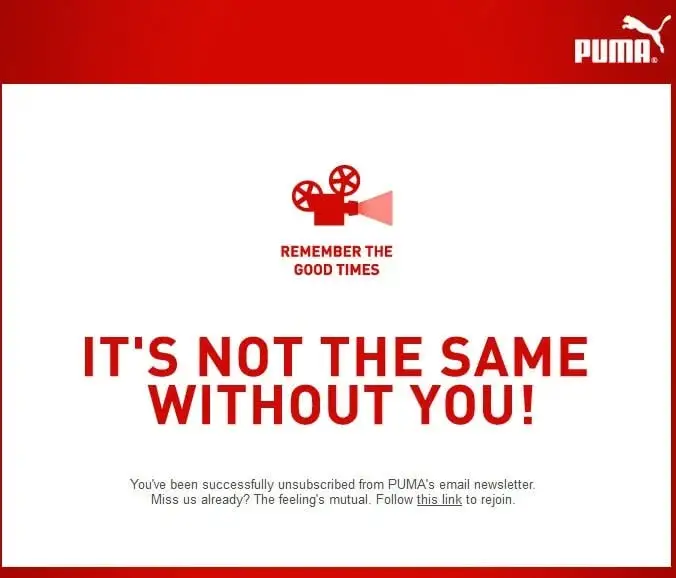
Image source: HubSpot
While it may seem counterintuitive, an unsubscribe landing page can actually help you retain customers. When users decide to unsubscribe from your emails, this page can showcase popular products, offer a discount code, or ask for feedback on why they’re leaving. This approach can sometimes change their mind or a2t least provide valuable insights into your email marketing performance.
Lead Capture Landing Page
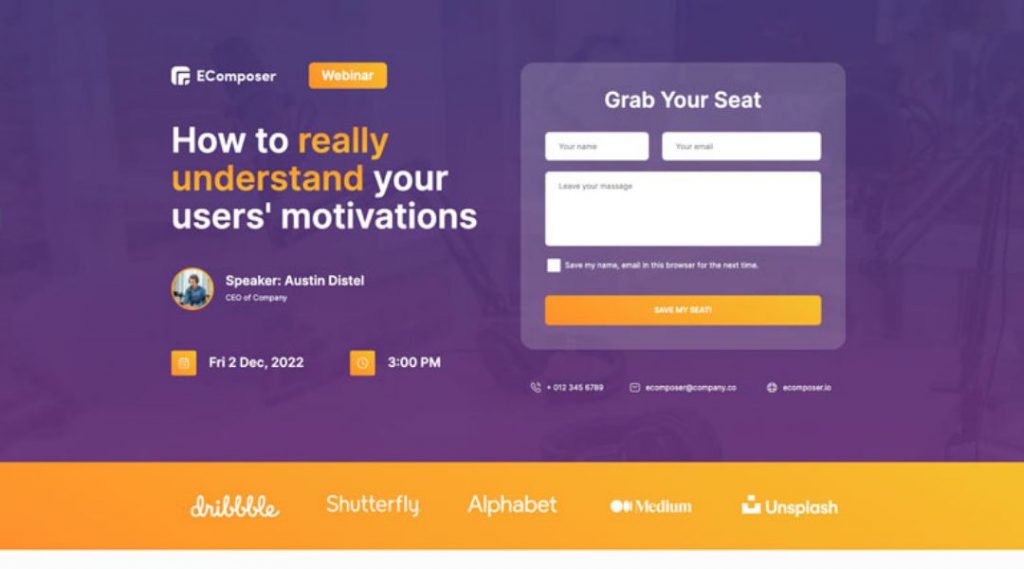
Image source: EComposer lead generation
A lead capture landing page is more comprehensive than a simple email sign-up. This page collects name, age, and business details to provide valuable analytics and guide potential customers toward more profound engagement, paving the way for future sales.
Sales Landing Page
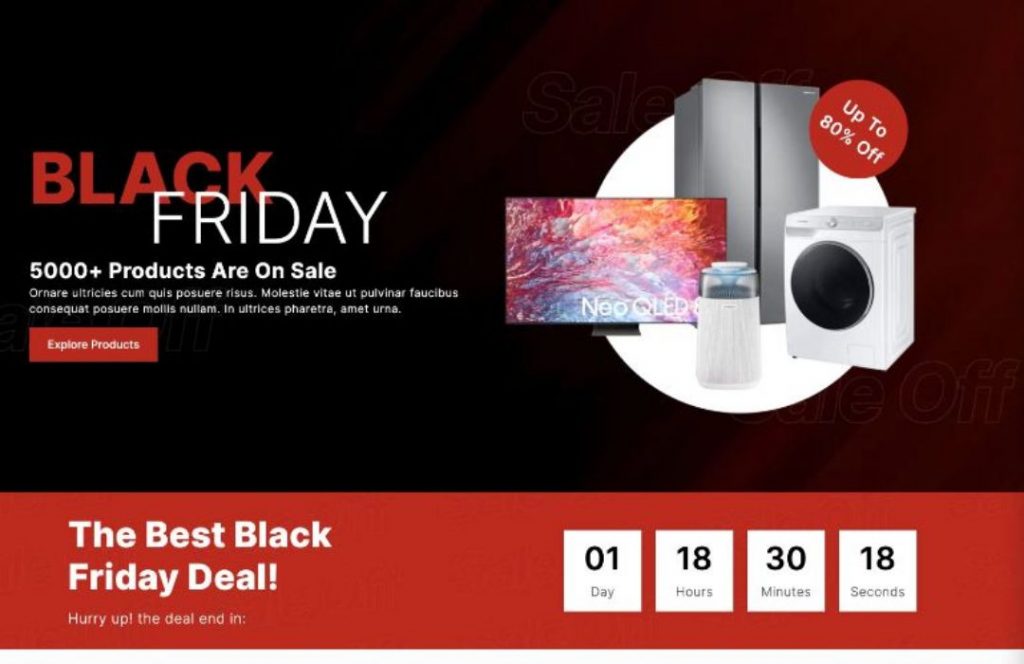
Electric Sale Landing page for BFCM
A sales landing page is designed to drive immediate purchases. It often features a catalog of your best-selling products or most impressive services. Making a killer sales landing page might need some tech skills, but if you get it right, it can seriously hike up your conversion rates by showcasing your stuff in the most awesome way possible.
Offering discounts is another way to boost your landing page conversion rate. A simple strategy is to combine multiple automatic discounts, including product discounts and a free shipping discount.
Coming Soon Landing Page
Does your website need to upgrade, and it’s not ready for sale yet?
If you have an upcoming product that isn’t available for sale yet, a “Coming Soon” landing page is an excellent way for you to build anticipation.
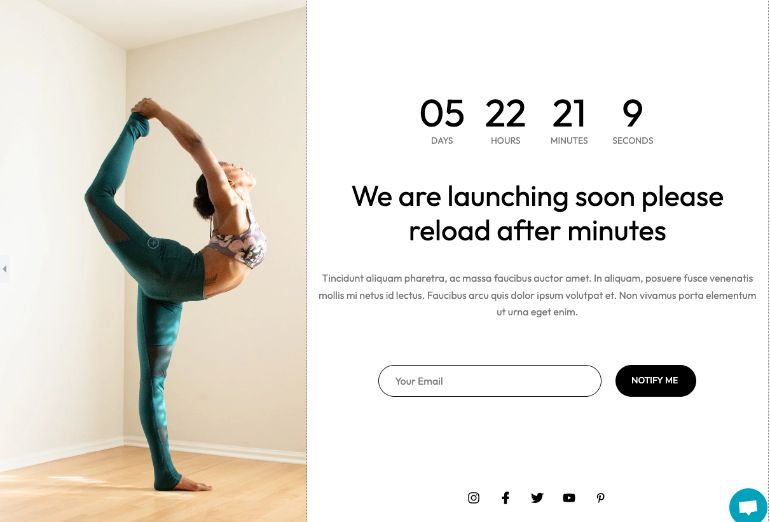
(Image source: EComposer Coming Soon Page)
This page commonly includes an email form to help you grab email addresses from potential customers before your product launches. Some “coming soon” page templates have a countdown promo so your audience knows when the product is ready.
Thank You Landing Page
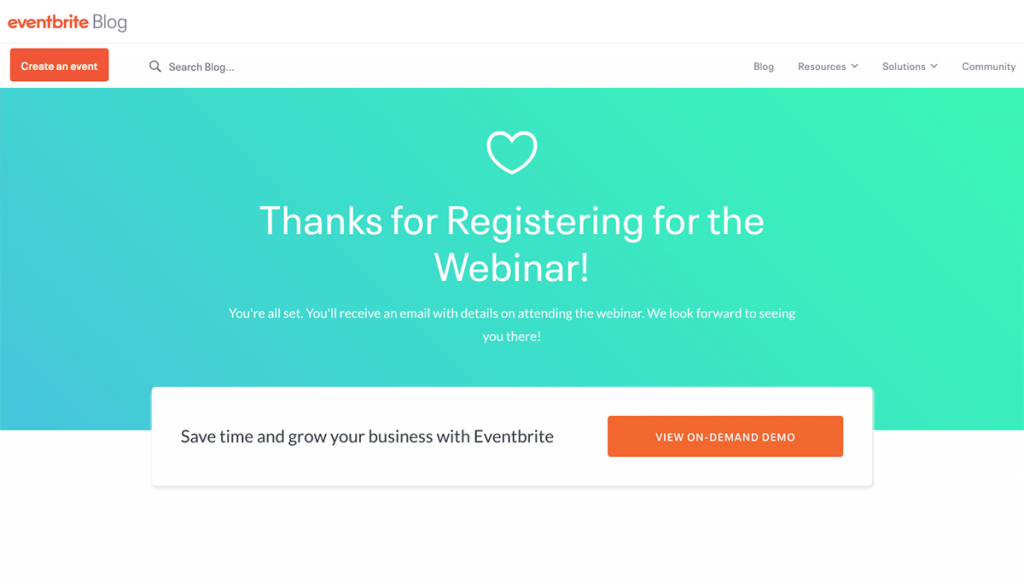
(Image source: convertflow.com)
A “Thank You” landing page is a simple but effective way to express gratitude to customers after they purchase. While not directly driving sales, it helps build goodwill and positive customer relationships. You can also use this page to encourage social sharing and direct customers to follow your social media channels or share their purchases.
Three methods to create a landing page on Shopify
Method 1- Use the Shopify theme editor (limited customization)
The Shopify theme editor has evolved, particularly with the Online Store 2.0 update in 2021, making it more user-friendly for creating landing pages. Here’s how you can use the Shopify theme editor to build a landing page:
Step 1: Create a Landing Page Template
- Navigate to the Shopify theme editor, use the templates dropdown menu to select “Pages,” and then “Create template.”
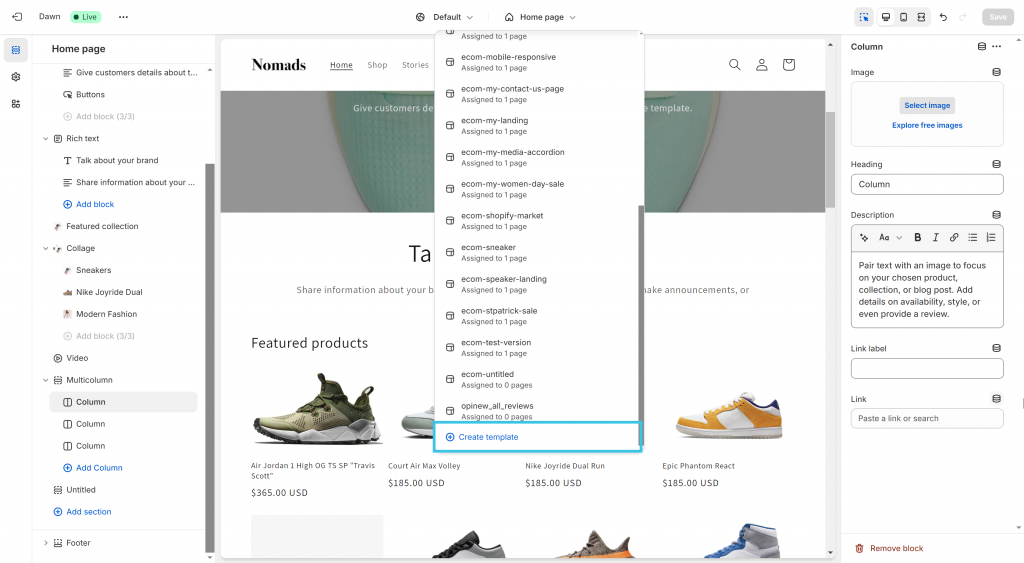
- A modal will appear asking for the template name and whether you want to base it on an existing template. After naming your new template, click “Create template.”
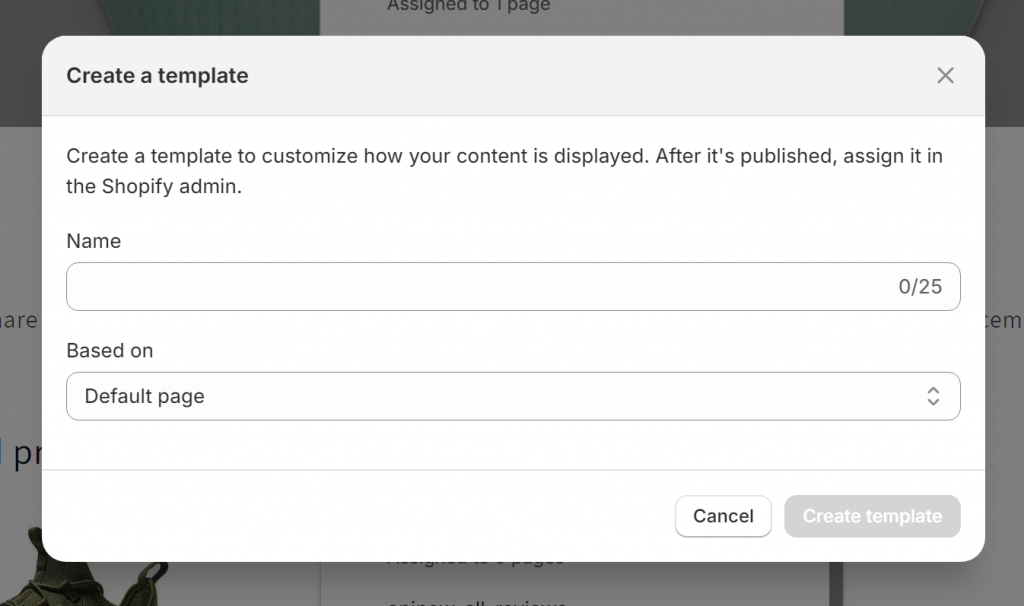
- This gives you a blank template with a Page section included, where you can add your unique content for different campaigns.
Step 2: Add Sections to Build Your Landing Page Template
- Use the side menu to choose the elements you want to include on every landing page and style them accordingly.
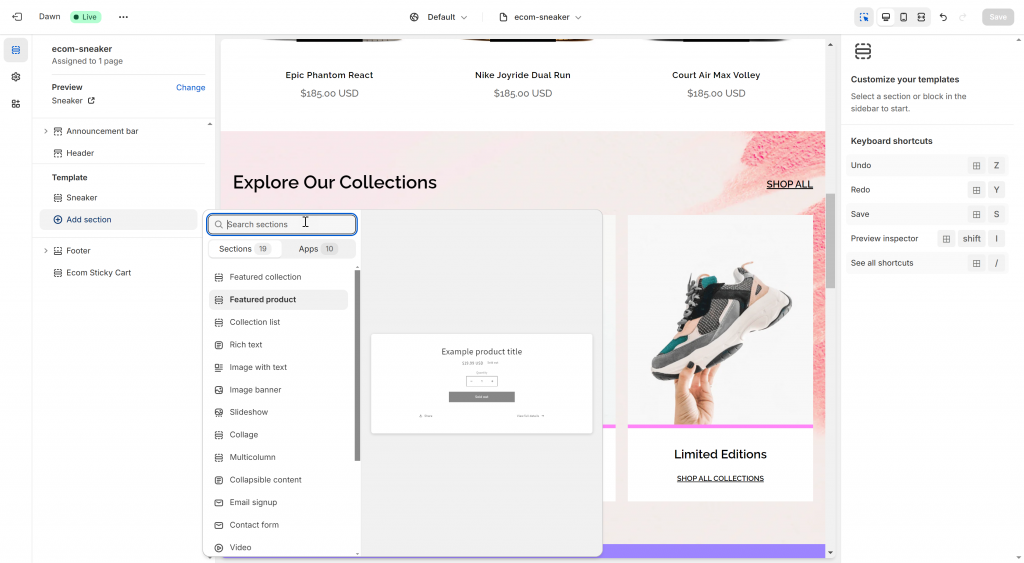
- Drag and drop these elements. The content in these sections is fixed, so choose imagery and language that apply broadly to your landing pages.
- Save your changes.
Step 3: Add a New Shopify Page
- In your Shopify dashboard, go to “Pages” and click “Add Page.”
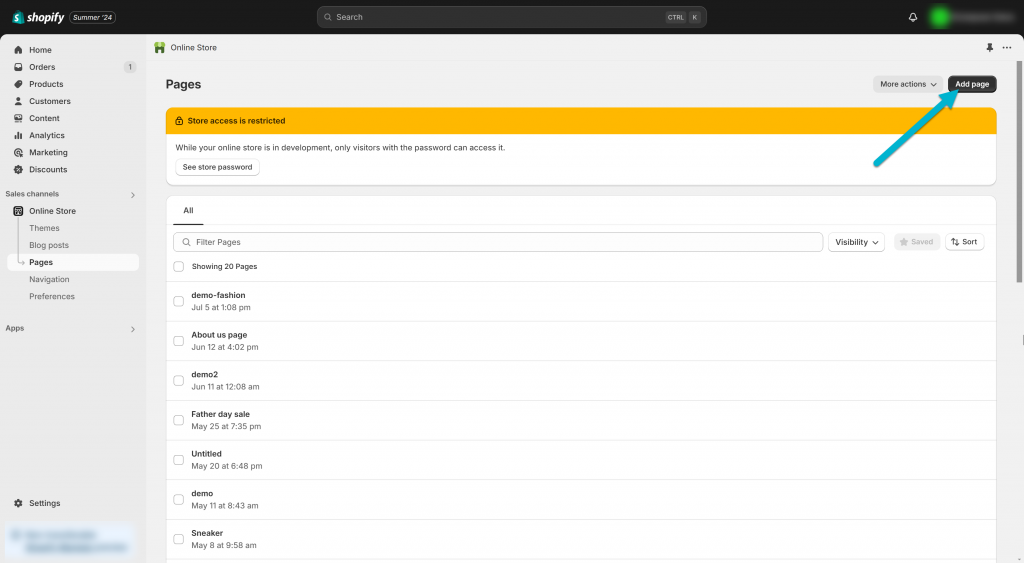
- Select your landing page template and start creating unique content, such as page titles, images, copy, and call-to-actions (CTAs).
Step 4: Start Building Your Landing Page
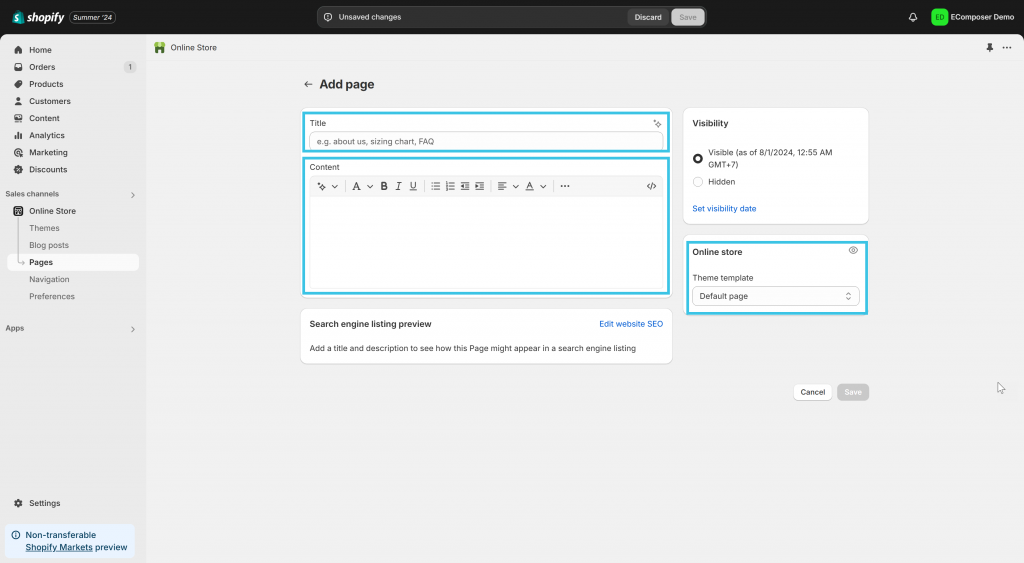
- Once selecting your template, you can add unique content to each landing page.
- Search Engine Optimizing your landing page using Shopify’s SEO features.
Pros:
- User-Friendly: Easy to use, no coding skills needed.
- Quick Setup: Efficient for creating basic landing pages.
- Cost-Effective: No additional costs beyond your existing Shopify plan.
Cons:
- Limited Customization: Templates and customization options are basic.
- Not Ideal for Complex Pages: Advanced features and unique designs take time to implement.
- Fixed Templates: To make each page unique, you need to create separate templates for each landing page, which can be cumbersome.
Method 2: Use Shopify Page Builder to build landing pages
Shopify’s app store is a massive e-commerce app store that offers everything from Shopify themes to landing page builder apps like EComposer – Top-rated Shopify Drag-and-drop page builder. These apps offer templates that let you easily and quickly build a landing page for your store.
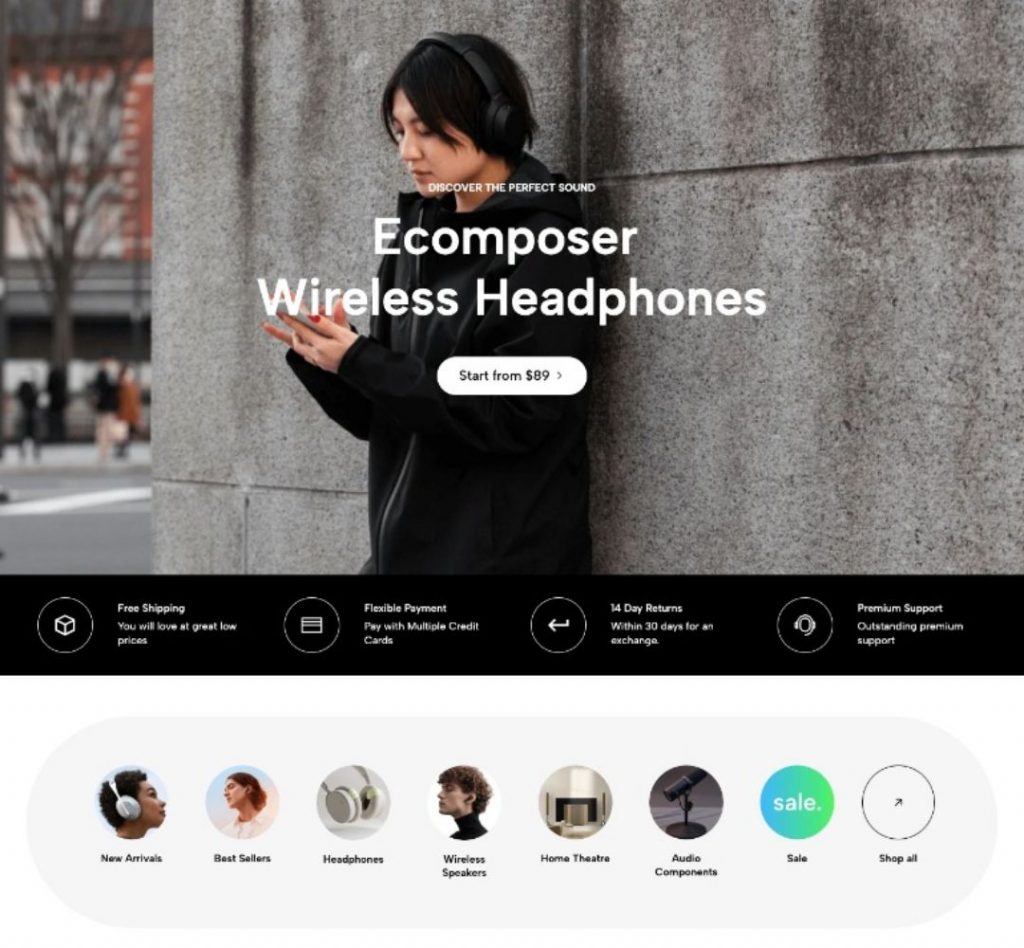
Source: EComposer Landing Page Builder
Moreover, most apps allow users to build landing pages with drag-and-drop templates. They offer preset styles that can be customized to fit your store and buttons and features to lead customers to other services or product pages.
Besides, Omnisend, Avada Email Marketing, Brevo, etc., are tremendous additional solutions for building a perfect landing page for unique campaigns. This all-in-one e-commerce marketing platform allows you to create lead-capture landing pages from scratch or customizable templates effortlessly. In addition, the platform works as an email, SMS, and push marketing tool.
Just make sure the landing page builder you choose is mobile responsive. Search Engine Optimization favors mobile-responsive stores. You will be penalized if your store strains because of an unoptimized landing page.
These apps can cost money. If you are looking for a free option, the following method will be your best bet.
Method 3: Get a web developer to code your landing page
For those needing a highly customized landing page, hiring a web developer to use Shopify’s Liquid programming language can be a great option. Here’s the process:
- Create a Liquid Template: A developer will create a custom Liquid template tailored to your needs.
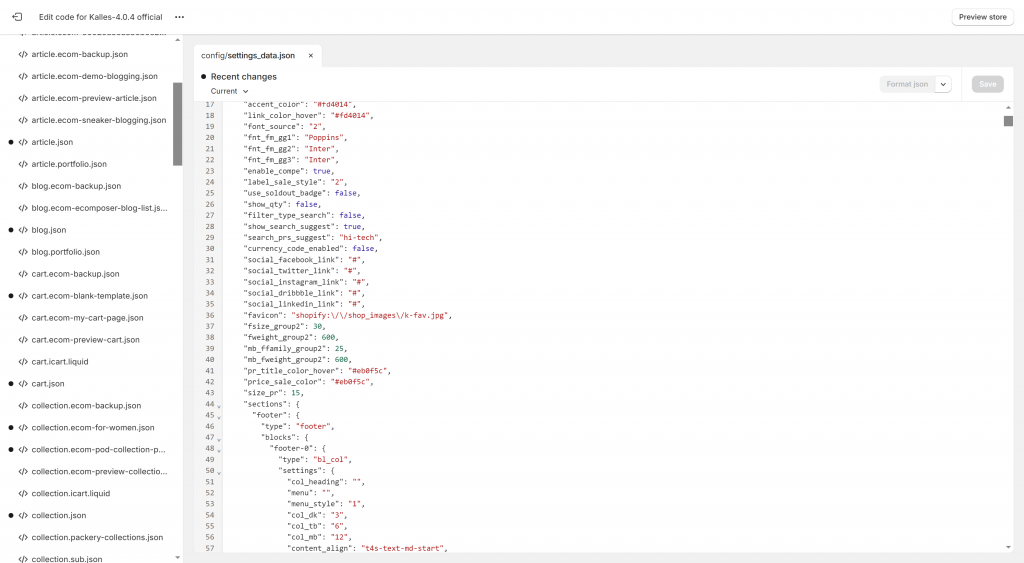
Source: Kalles Shopify theme
- Add Content: They will add the necessary content, CTAs, and any custom features you require.
- Upload and Test: The developer will upload the template to Shopify and test it to ensure everything works seamlessly.
Pros:
- Highly Customizable: Offers the highest level of customization to meet specific needs.
- Professional Quality: Ensures a polished, professional-looking landing page.
- Advanced Features: Can incorporate complex functionalities and integrations.
Cons:
- Costly: Hiring a developer can be expensive.
- Time-Consuming: The development process takes time, especially for intricate designs.
- Requires Maintenance: Future updates or changes will likely require further developer assistance.
Ultimate checklist for building Shopify landing pages
Creating an effective landing page on Shopify requires strategic planning and attention to detail. Here’s a concise checklist to ensure your landing page is optimized for conversions:
1- Clear Value Proposition: Use bullet points or short sentences at the top of the page to communicate your product or service’s unique benefits clearly and succinctly.
2- Compelling Headlines and Subheadings: Craft an attention-grabbing headline that creates urgency or excitement. Use subheadings to provide additional insights and guide visitors further down the page.
3- High-Quality Visuals: Incorporate high-quality, relevant images and videos. Ensure visuals are optimized for fast loading times to maintain page speed and keep visitors engaged.
4- Persuasive Call-to-Action (CTA): Use clear, direct, action-oriented CTAs like “Buy Now” or “Subscribe.” Position the CTA prominently and use contrasting colors to make it stand out.
5- Customer Testimonials: To build trust and credibility, add genuine customer reviews or testimonials. Include relevant details like names and photos to make testimonials more relatable.
6- Mobile Responsive Optimization: Optimize your landing page for mobile commerce by using large text and buttons and ensuring fast loading times.
7- Page Speed and Performance: Monitor and optimize your page’s speed and compress your page images to without sacrificing quality to improve user experience and search engine rankings.
8- Social Proof: Include user-generated content or social media mentions to enhance credibility and show potential customers that others trust your brand.
9- Consistent Branding: Maintain a consistent look and feel across your landing page. Use the same fonts, colors, and style as the rest of your website.
10- Search Engine Optimize Best Practices: Make sure to optimize your Shopify landing page for search engines by relevant keywords, a compelling meta description, and alt text for images.
Read more: 5 Design Elements of Every High-Converting Ecommerce Landing Page
Following this checklist, you can create a Shopify landing page that attracts and converts visitors effectively.
Wrap up
A high-converting Landing page is essential for Shopify owners. It offers ways to boost sales, grow mailing lists, re-engage customers, and showcase products. When used effectively, landing pages can significantly drive your business’s growth and enhance your store’s appeal.
We hope through the tips provided in this guide, you now know how to create and optimize your landing pages to fit your specific needs. Whether you use the Shopify theme editor, hire a web developer, or leverage a page builder app, you can build high-converting landing pages that attract and retain customers, ultimately boosting your store’s success.
